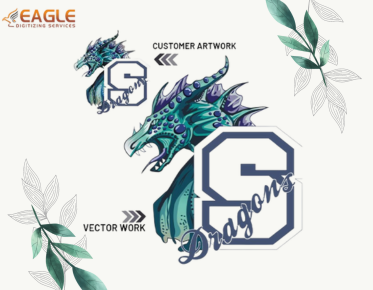The Role of Silkscreen Ink in PCB Manufacturing
html
Printed Circuit Boards (PCBs) are the backbone of modern electronic devices, providing the essential framework for electrical connections. One critical aspect of PCB manufacturing is the application of silkscreen ink, which is used to print text and symbols on the board. This process not only aids in the identification of components but also enhances the overall functionality and aesthetics of the PCB. The type of silkscreen ink used in PCB manufacturing is typically an epoxy-based ink, known for its durability and resistance to the harsh conditions that PCBs often endure. For more insights into silkscreen printing, you can explore this resource【4:0†source】.
Understanding Silkscreen Ink in PCB Manufacturing
Silkscreen ink in PCB manufacturing serves multiple purposes. It is primarily used to print component identifiers, logos, and other markings that are crucial for assembly and troubleshooting. The ink must adhere well to the substrate, withstand soldering temperatures, and resist chemicals used in the manufacturing process. Epoxy-based inks are preferred due to their excellent adhesion properties and resistance to environmental factors such as moisture and UV light.
Types of Silkscreen Inks
There are several types of silkscreen inks used in PCB manufacturing, each with its unique properties and applications. The most common types include:
- Epoxy Inks: Known for their strong adhesion and chemical resistance, epoxy inks are widely used in PCB manufacturing. They provide a durable finish that can withstand the rigors of the assembly process.
- UV Curable Inks: These inks cure quickly under UV light, offering a fast and efficient printing process. They are ideal for high-volume production environments.
- Thermal Cure Inks: These inks require heat to cure, providing a robust and long-lasting finish. They are often used in applications where high durability is required.
The Silkscreen Printing Process
The silkscreen printing process in PCB manufacturing involves several steps to ensure precise and accurate application of the ink. The process begins with the preparation of the silkscreen stencil, which is created based on the design specifications of the PCB. The stencil is then aligned with the PCB, and the ink is applied using a squeegee to transfer the design onto the board. This process requires careful control to ensure that the ink is applied evenly and adheres properly to the substrate.
Challenges in Silkscreen Printing
Despite its advantages, silkscreen printing in PCB manufacturing presents several challenges. One of the primary challenges is achieving consistent ink thickness, which is crucial for ensuring the readability of the printed markings. Variations in ink thickness can lead to issues such as smudging or incomplete prints, which can affect the functionality of the PCB. Additionally, the alignment of the stencil with the PCB must be precise to avoid misprints and ensure that the markings are correctly positioned.
Advancements in Silkscreen Ink Technology
Recent advancements in silkscreen ink technology have led to the development of inks with enhanced properties, such as improved adhesion, faster curing times, and greater resistance to environmental factors. These advancements have enabled manufacturers to produce PCBs with higher quality and reliability, meeting the increasing demands of the electronics industry.
Future Trends in PCB Silkscreen Printing
As the electronics industry continues to evolve, the demand for more advanced and reliable PCBs is expected to grow. Future trends in PCB silkscreen printing are likely to focus on the development of inks with even greater performance characteristics, such as increased resistance to extreme temperatures and improved electrical insulation properties. Additionally, the integration of digital printing technologies may offer new possibilities for customization and precision in PCB manufacturing.
In conclusion, the choice of silkscreen ink in PCB manufacturing plays a crucial role in determining the quality and functionality of the final product. As technology advances, manufacturers will continue to explore new ink formulations and printing techniques to meet the ever-changing needs of the electronics industry. For those interested in professional vector art services, Eagle Digitizing excels in delivering professional vector art services, transforming creative visions into scalable designs.


.png)
